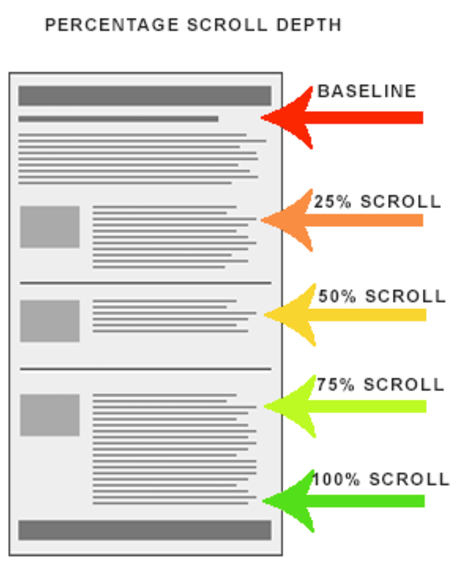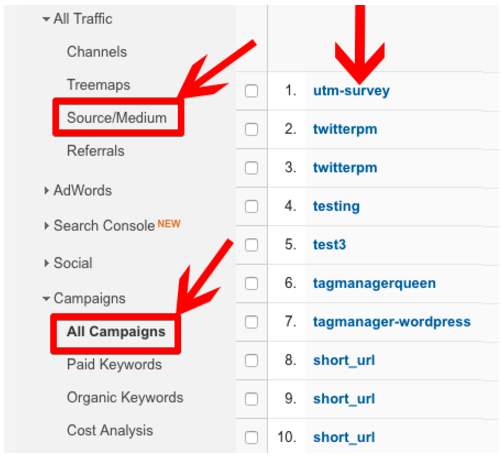Are You There, Google Analytics? It’s Me, Content Marketing. Fix these common mistakes and your content ROI will go through the roof.
After more than a decade since the rollout of Google Analytics, a few common mistakes have emerged that keep content marketers from realizing its full benefit. Here are the four biggest mistakes that our content colleagues tend to make with Google Analytics –- and a simple fix for each.
Mistake #1: Only measuring page views
How to Fix it: Start measuring engagement
Not all page views are created equal. Most marketers know about page views and bounce rates, but these are very limited ways to judge the effectiveness of content. The real goal is to drive engagement. This can be gauged in a few different ways, including shares, comments, and likes.
But even in the best case, only a tiny minority would take the above actions. So a better way instead is to measure how much of the content they consume on a given page. A good way to measure this is using scroll tracking.
Scroll tracking is a piece of code that measures how far down the page a user scrolls and sends that “‘event” to Google Analytics. For example, you can fire an event at every 25% mark a person scrolls, and see how useful a piece of content was.

Another way to think of this is to treat each piece of content as having its own funnel and seeing a per-post conversion rate based on how many visitors read the full page of content and where they drop out. It’s a good way to measure the appropriate length of your content — and to discover potential weak spots.
Mistake #2: Ignoring your traffic source
How to Fix it: Start using the UTM tag in your content promotions
As a content marketer, content is only half your job. As with all aspects of marketing, you need to make sure you know how your content spreads and what channels bring you traffic. If you are promoting content on social media you must tag your links with UTM tags.

UTM tags are Google Analytics’ way to identify traffic by adding context. By default, anyone coming from Twitter will show up as coming from t.co. Wouldn’t it instead be better to know if your own promotion had an impact?
You should make each tag unique so you can easily identify the different sources of traffic that drive traffic. This is also important because if your content is good, your readers will likely share it as well so it is good to know how much outreach was driven directly by your direct promotion and how much was organic word of mouth.
You can easily generate unique links with a tool like http://utm.io, which creates short URLs with UTM parameters.
Mistake #3: Creating silos within your content channels
How to Fix it: Use a single Google Analytics tracking ID to follow your complete funnel from content to conversion

If you are hosting your marketing site separate from your blog, whether it’s a separate domain or just a separate sub-domain, you need to make sure you set up the same Google Analytics tracking ID to follow users across both sites. The code also needs to be configured correctly to make sure as the user moves from blog to marketing, it continues to be identified as the same user.
Once this is done, you should use the Behavior Flow report under Behavior section to see how each user interacts and converts. Better yet, see the next tip.
Mistake #4: Not looking at entire user journey to analyze impact on performance
How to Fix it: Set up user-level advanced segments
Content is likely the first step for a user to discover your brand. This is followed by a bunch of research before a user finally converts. Therefore, it’s important to not only look at conversions to your offering on the very first visit, but also the user journey as a whole.

In Google Analytics you can do so by using user-level advanced segments. This allows you to segment data for the entire user journey and not just for the one specific session so you can see the full impact a user has. Remember, “users” are way more valuable than “sessions.”
Google Analytics can be a content marketer’s best friend and confidante if used correctly –- and be a great foundation to get the most out of your editorial and conversion efforts.
By Hussain Mehmood, Analytics Strategy and mIplementation, 818 Agency
Hussain provides best-in-class site and content measurement strategy, technical implementation and training. His mission is to demystify analytics and help clients effectively use data to make better marketing decisions.




